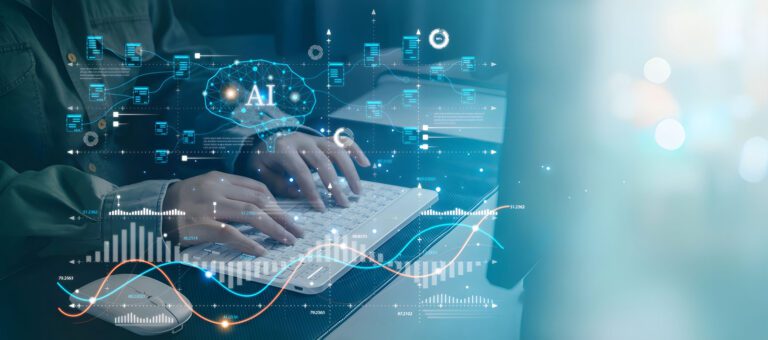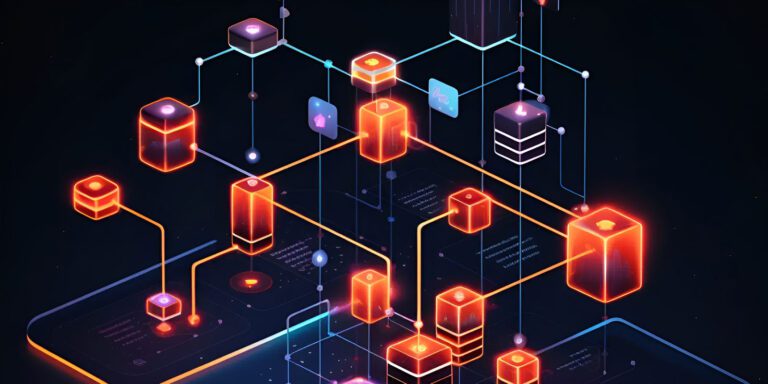Artificial Intelligence (AI) has witnessed unprecedented growth in recent years, with transformer models emerging as pivotal catalysts in this evolution. These models, rooted in advanced neural network architecture, have redefined the landscape of Natural Language Processing (NLP), fundamentally altering how individuals engage with language-based technologies. This article delves into the genesis of transformers in the AI domain, scrutinizing their influence across diverse fields. Real-world examples illustrating their profound impact will also be explored.

The Genesis of Transformers in the AI Domain
Transformers in the AI realm trace their roots back to the seminal 2017 research paper titled “Attention is All You Need” by Vaswani et al. This paper introduced a groundbreaking neural network architecture for sequence-to-sequence learning, eschewing traditional recurrent neural networks (RNNs) due to known training difficulties.
The transformer architecture ushered in innovative features such as self-attention, multi-head attention, and position-wise fully connected feedforward networks. Self-attention empowers the model to assign varying degrees of importance to different parts of a sequence during predictions. Multi-head attention allows simultaneous consideration of multiple attention subspaces, while position-wise fully connected feedforward networks seamlessly amalgamate attention and input representations.
These features catapulted the transformer model ahead of its predecessors, excelling in various NLP tasks including machine translation, language modeling, and text generation. The transformer’s introduction also brought forth a new training algorithm, the transformer training scheme, boasting superior speed and efficiency compared to conventional RNN-based approaches.
Impact of Transformers on the AI Landscape
- Improving Machine Translation: Transformers have significantly elevated machine translation, addressing a historically challenging problem in NLP. Notably, Google’s neural machine translation system, employing the transformer architecture, has achieved state-of-the-art performance. Similarly, Facebook’s AI research group has developed a translation model, also based on transformers, surpassing previous models.
- Enabling Advanced Chatbots and Virtual Assistants: Transformers have paved the way for sophisticated chatbots and virtual assistants by enhancing the accuracy and efficiency of NLP tasks. OpenAI’s GPT-3 model, rooted in transformers, has been instrumental in developing chatbots and virtual assistants capable of generating human-like responses to text-based queries.
- Enhancing Text Classification: Transformers have revolutionized text classification, proving invaluable in sentiment analysis, spam detection, and content moderation. Google’s BERT model, a product of the transformer architecture, has demonstrated remarkable accuracy in nuanced text classification tasks.
- Revolutionizing Search Engines: Transformers are reshaping search engines by significantly improving the accuracy of natural language search queries. With the increasing prevalence of voice assistants like Amazon’s Alexa and Apple’s Siri, natural language search queries are becoming more common.
In the foreseeable future, Microsoft Teams is expected to undergo enhancements with GPT APIs, elevating its efficacy as a collaboration tool. While public access to Google Bard is pending, the transformative potential of transformer models, particularly as neural network models, is poised to reshape the way we work. Share your thoughts on the transformative power of transformer models in shaping our technological landscape.
About Author

Ram is a Cloud Security Expert with 30+ years of IT experience, holding 26 patents in Infra, AI-ML, and Automation. He’s a Wipro Fellow, an Independent Consultant for Fortune 15 companies, and has won international awards for Automation. Ram’s cost rationalization work benefited enterprises like Citi Bank, Credit Suisse, and UBS.











